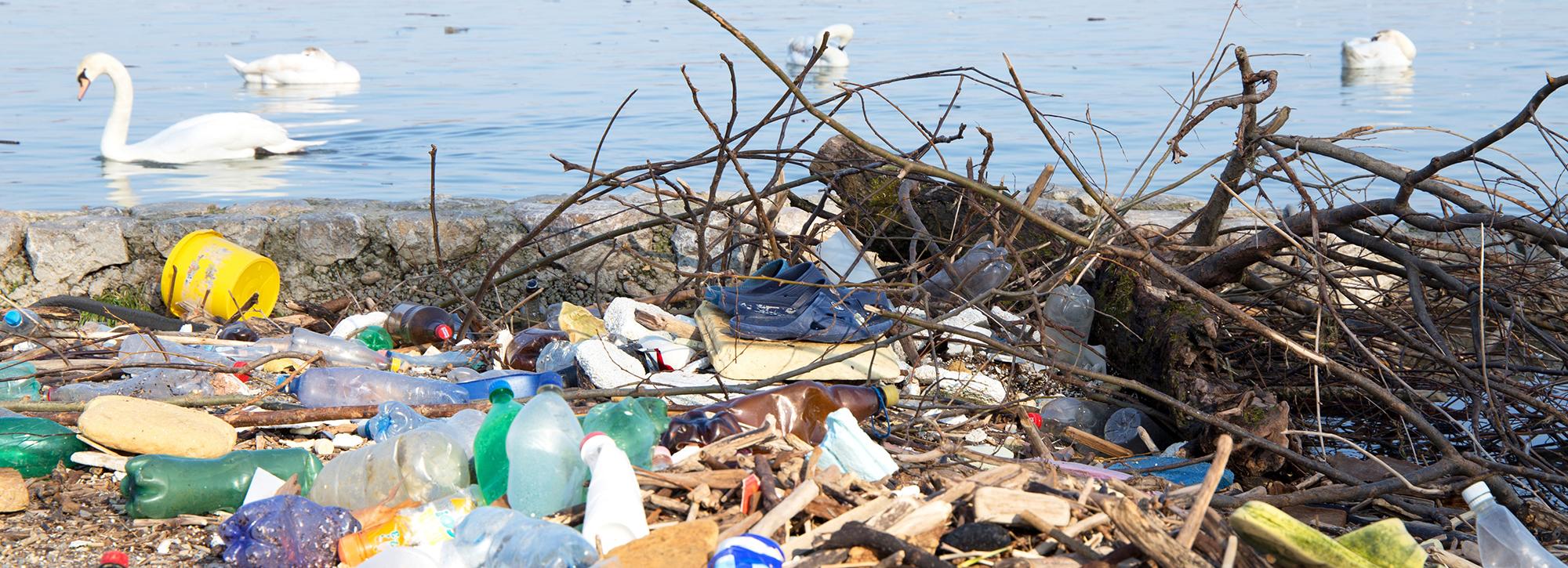
Predicting plastic pathways in the Thames and beyond
Flood and water management specialist, HR Wallingford, has hosted a workshop with academic partners and other agencies and organisations aiming to better understand the sources of plastic waste in our waterways, where this waste is transported to, how and where it accumulates, and eventually sinks. Understanding how plastic moves through our rivers, estuaries and coastal waters will help to identify where impacts are taking place and the best ways to mitigate them.
It is clear that the widespread distribution of plastic waste and marine litter threatens to create an environmental crisis around the world. The interaction of plastics with the water environment now poses a real risk to aquatic species, to habitats and to the food chain, as well as impacting upon coastal communities and their economies.
HR Wallingford is putting together a research proposal which aims to understand the true scale of the plastic influence on aquatic systems. Partners working with HR Wallingford on the new research proposal include the University of Hull, the National Oceanography Centre (NOC), British Antarctic Survey, the Centre for Ecology and Hydrology (CEH), the Environment Agency and the University of Southampton.
Dr David Todd, Senior Scientist at HR Wallingford, said: “Despite extensive media attention, our understanding of plastic waste in the natural environment is quite limited. Additional research is needed to identify the pathways that plastic takes along its journey from terrestrial sources through rivers to estuaries, coasts, coastal oceans and into the deep sea. This will allow us to identify where impacts are occurring, that may be hidden beneath the water surface. The project will start with the River Thames as many organisations are already starting to work together to address the problems of plastic waste within the river.”
Prof Daniel Parsons, Director of the Energy and Environment Institute at the University of Hull, said: “We need to consider the controls on the movement of plastic waste in our environment. It is crucial to assess the impact of plastics on vital ecosystem services such as the biological carbon pump in the oceans – the mechanism whereby carbon dioxide and nutrients turn into organic carbon, and sink to the depths of the oceans. By using the available evidence, along with developing numerical modelling tools, we will be able to estimate the mass of plastic currently bio-available as it is transported in rivers, estuaries and oceans, and we will be better able to assess the overall impact it is having. This will, in turn, allow us to provide regulators and government with the necessary evidence to instigate targeted impacts, mitigation or legislation.”
Want to know more?
